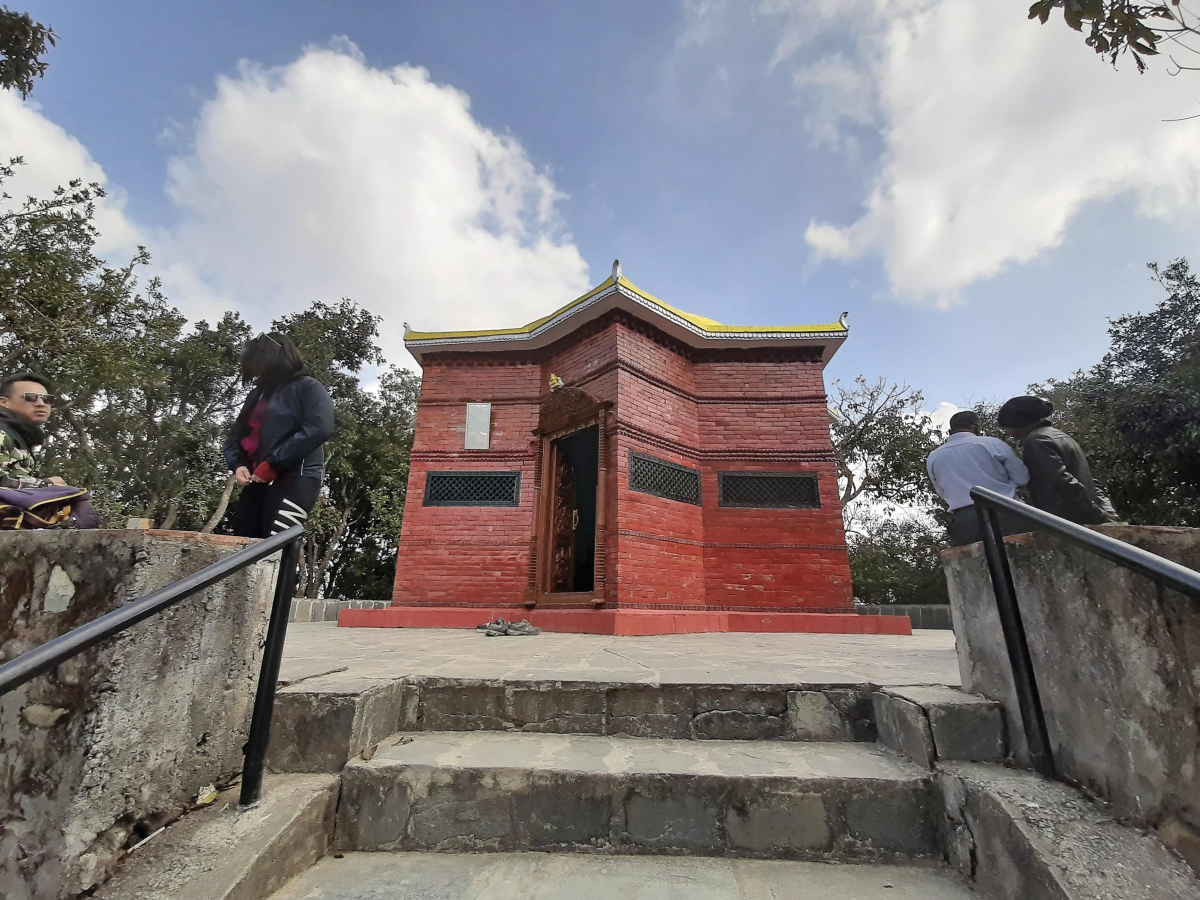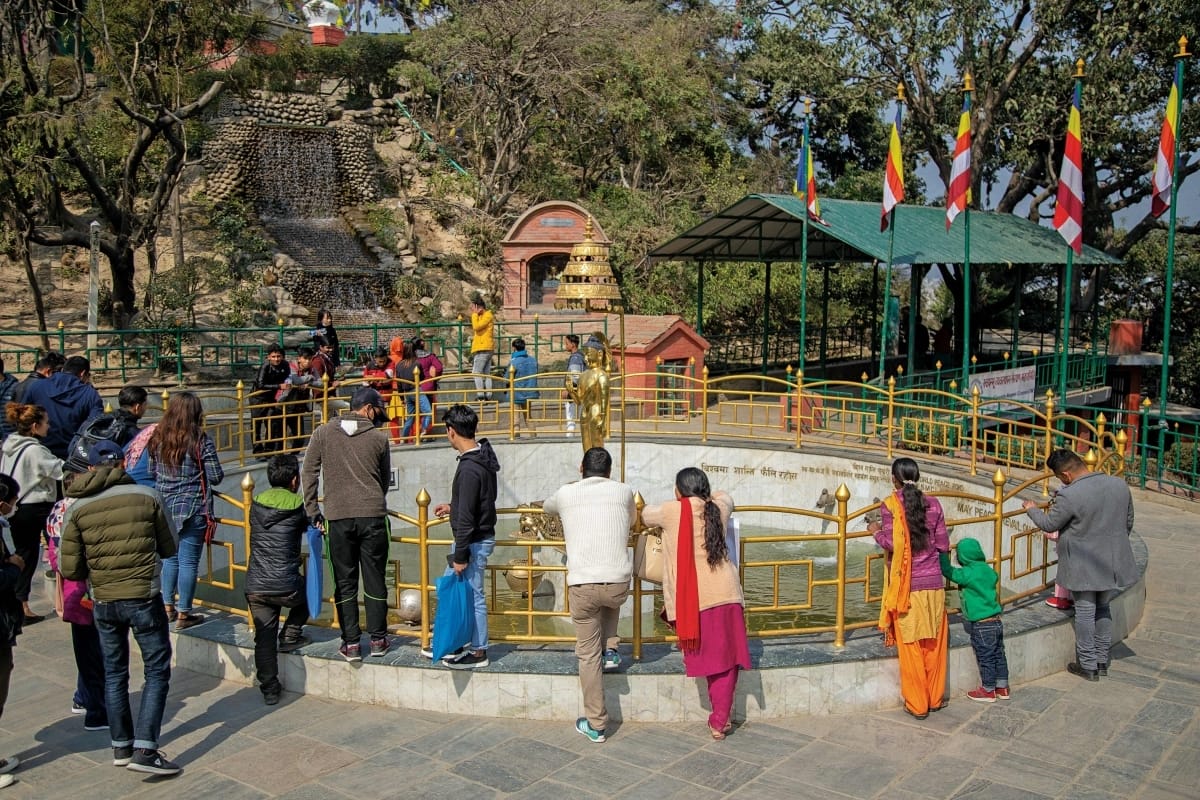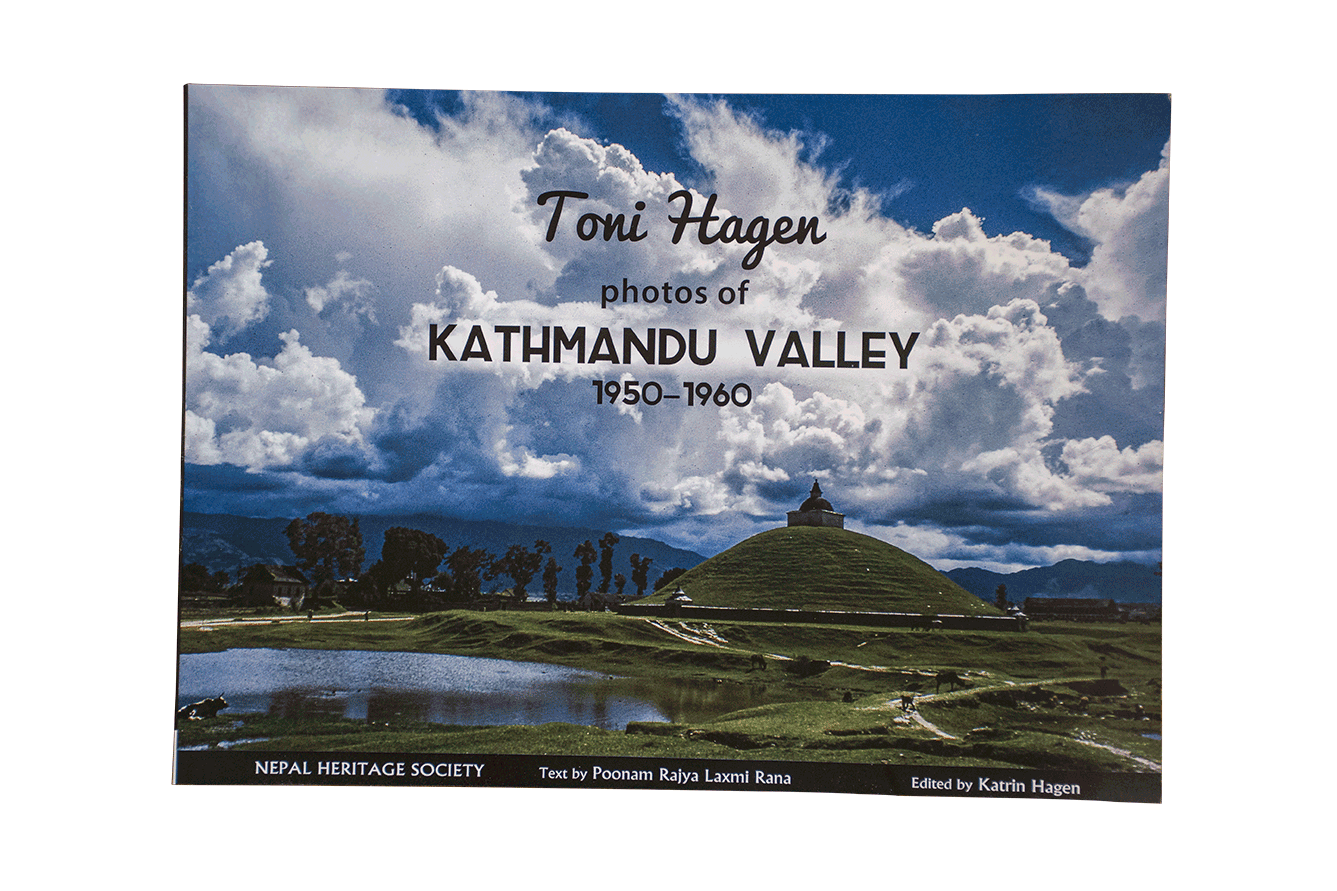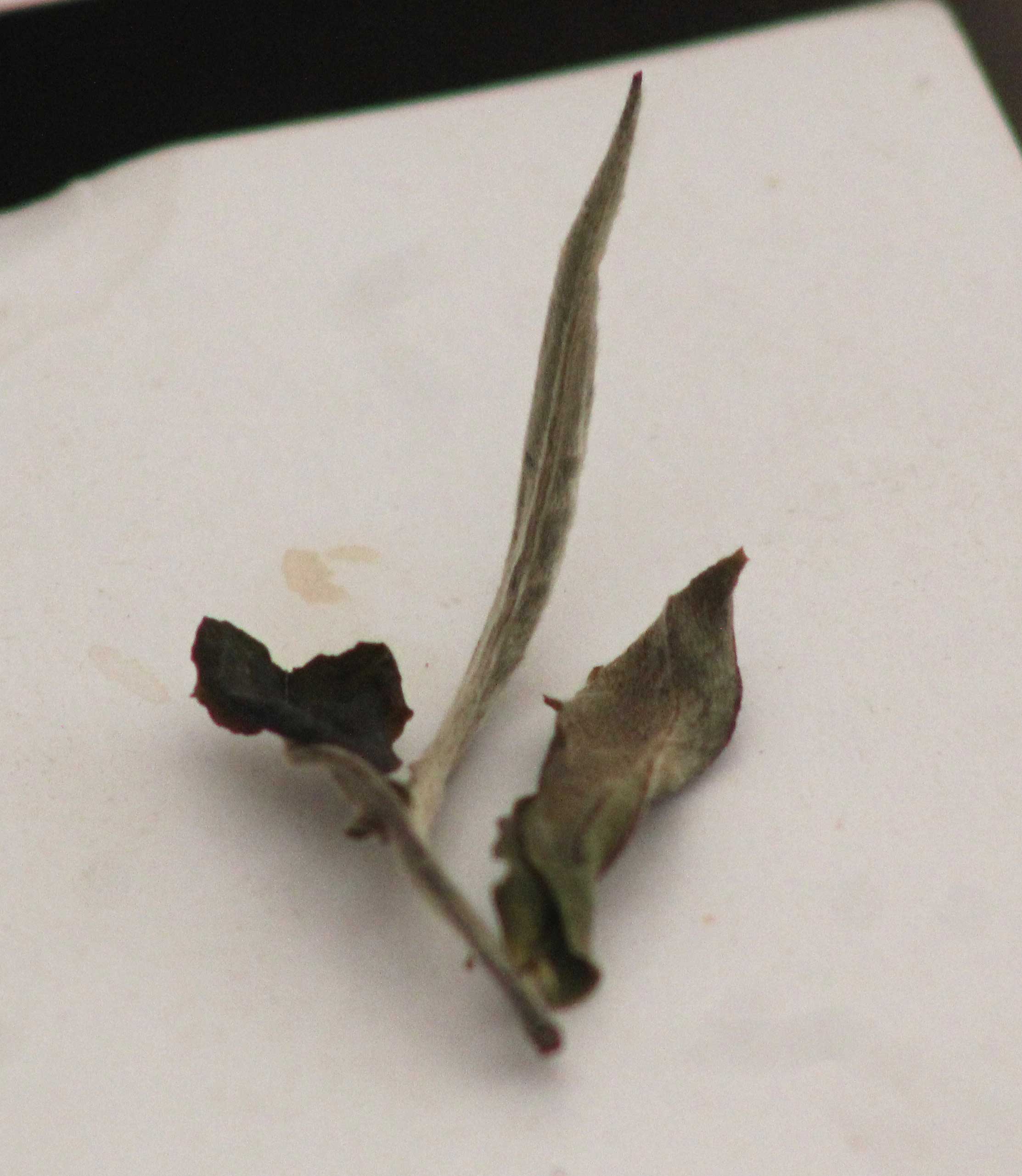A trekking trail that requires less time and money than the treks we all dream of
How long does it take? How much will it cost?” These are the two commonest questions people planning a trek ask. If they are told that the places they asked about are either too far away or too expensive, their plans die a quick death. But those places are also their dream destinations. For many of us the idea of a trek is going to some place far from where we live, even if it’s actually the distance that has kept us from going there for years. Something that is too close or too easy is not a trek, and we’d rather wait than go slog it out somewhere nearby. That idea of a trek spawns more armchair trekkers than those who tread trails. The place you always wanted to walk to becomes the wallpaper on your computer.
Places that are close are not great destinations on any trekker’s list, including mine, but there can be immense beauty in areas nearby. Henry David Thoreau’s haven was only a mile out of town. Those of us living in Kathmandu may not have Thoreau’s poetic gift, but in terms of living close to beautiful places we are probably more blessed than him.

The Nepal Environment and Tourism Initiative Foundation (NETIF) has developed a trekking trail to some of these places called The Kathmandu Valley Cultural Trekking Trail (KVCTT). It is a hike that suits people short on time and money. “Domestic tourists were not prioritized,” says Prabin Poudel, Project Coordinator at NETIF, explaining the motivation behind developing the trek. “Kathmanduites had nowhere to go. Some people did not even know where Shivapuri National Park was.” NETIF designed the KVCTT so that people in Kathmandu would know of places like Shivapuri by visiting them. The trek weaves together wildernesses, cultural sites, hill stations, medieval towns and archetypal villages lying just beyond Kathmandu.

Into the Countryside
Sundarijal, 17 kilometers south-east of the city, is the starting point for the trek. This little village of shops is like a frontier between the urban and the rural. It is where roads end and trails begin. A large rust-colored pipe carrying water to Kathmandu flanks the concrete steps for the first hundred meters of the trail. Your pace, contrasted with that of the hurtling water hissing inside the pipes, is labored—in sync with the calm environment that you ascend towards. After about 30 minutes, a cool spray is likely to caress your face—the water from a waterfall bouncing off boulders. As you grow silent, laboring up the stairs to the Sundarijal reservoir and army check post, Nature becomes louder.
 The trail becomes steeper a little after the army check post. At the top of the first climb, you arrive in the classic Nepali countryside. The route passes small thatch-roofed houses, their small courtyards full of grains spread out for drying. Corn and clusters of garlic hang from the roofs. Cows chew languidly in their sheds. Mulkharka is one such settlement. Like other villages of Nepal, it is a beautiful cultural blend of various ethnic groups. Tamang, Sherpa, and Newar households comprise this hamlet. It is the last village on the trail to Chisapani, which is the destination for the day’s trek. Given that fact, Mulkharka is the best place to get lunch.
The trail becomes steeper a little after the army check post. At the top of the first climb, you arrive in the classic Nepali countryside. The route passes small thatch-roofed houses, their small courtyards full of grains spread out for drying. Corn and clusters of garlic hang from the roofs. Cows chew languidly in their sheds. Mulkharka is one such settlement. Like other villages of Nepal, it is a beautiful cultural blend of various ethnic groups. Tamang, Sherpa, and Newar households comprise this hamlet. It is the last village on the trail to Chisapani, which is the destination for the day’s trek. Given that fact, Mulkharka is the best place to get lunch.
Chisapani is the perfect place to arrive after walking for several hours. Setting out early in the morning from Sundarijal, you usually arrive at dusk. What you are likely to witness, except if you are trekking in the rainy season, is a chain of mountains tinted by the fading light. Almost every house doubles as a hotel (or perhaps it is the other way round), and accommodation is easily available. For an early morning view of the mountains, it is preferable to get a hotel with a terrace. Also, during the trekking season, it is better to book rooms in advance. Trails to Gosainkunda and Helambu also pass through Chisapani.
A longer, circuitous dirt road goes to Chisapani from Sundarijal which, during the monsoon, becomes extremely rough. In the dry season it improves to a tremendously bumpy drive. The most appropriate wheels on this road are those of bicycles. Cycling enthusiasts can make use of this road to get to Chisapani.

A Trail for Feet and Wheels
There is an even longer and more adventurous route to Sundarijal that is suitable for both trekkers and cyclists. This particular trek begins from the main entrance to the Shivapuri National Park at Panimuhan, a couple of kilometers north from the Budanilkantha Temple. This trail traverses the national park to Chisapani, an eight-hour walk away. If taking this route, it is recommended that you travel in groups and stick to the graveled road. Shivapuri, with its 318 bird species, offers great birding opportunities.
NETIF has also recently created a new trail that begins from Panimuhan and ends in Kakani. This route passes through pure wilderness and has no human settlements in between, so trekking with an experienced guide is advisable. As it passes through dense forest, the walk may not offer the best views of mountains, but it is a wonderful opportunity to spot many of Shivapuri’s animals and birds.

Most of the Kathmandu Valley Cultural Trekking Trail is suitable for cycling. The stretch from Chisapani to Nagarkot, which is the second day’s trek in the itinerary, is particularly enjoyable. The trail mostly passes through forests. The undulating sections of the trail are sure to test as well as reward cyclists who have spent hours in the city picturing themselves on such tracks. Along the way, about two kilometers from Chisapani, is a small pond. It is not spectacular, but there is a chance of spotting some wildlife and birds. The pond is part of the large wetland in the area. It is the source of the many streams that flow down and merge with the Bagmati.
Unlike longer treks to fabled destinations, turning back is not a dreary experience on the Kathmandu Valley Cultural Trek. Quitting or opting to reduce the duration of the trek is rewarding in its own way. There are several alternatives to the regular itinerary so that you could opt to return home instead of doing the entire trek and still enjoy the trip back. If you decide to return to Sundarijal after staying a night in Chisapani instead of trekking on to Nagarkot, you have the dirt road for a change of scenery.
Another alternative is to walk to Jhuley, a Tamang village seven kilometers from Chisapani. From there the famous temple of Vajrayogini is a two-hour walk. This route eventually brings you to Sankhu, from where buses leave regularly for Kathmandu. You can spend an afternoon wandering the brick-paved streets of this ancient agrarian village, a vestige of the old Kathmandu Valley.
Scenes of village life are also a feature of the trek from Chisapani to Nagarkot. The trail weaves in and out of forests, occasionally coming to clearings with a view of fields and villages. In some places it comes distastefully close to paved roads. But that should not be allowed to weigh too much on your mind, for the day’s destination has plenty of paved streets. In Nagarkot, the night halt, the hardships on the trail are once again offset by the panorama of the Himalayas.
Over forty snow-capped peaks are visible from here. Perhaps nowhere are the trek’s shortcomings and benefits more evident than in this place: it becomes clear that the trek is a substitute for a better and longer one, but reclining in an easy chair on the balcony of your hotel, watching the mountains change colors, you feel that even the substitute has its charms.
Buses are available from Nagarkot for Kathmandu. There is, however, the option for an interesting detour. Instead of getting on the bus from Nagarkot, you can walk to the ancient Changu Narayan Temple, one of the Valley’s seven World Heritage Sites. The shrine, which is dedicated to Vishnu, is the oldest temple of the Kathmandu Valley. Inscriptions found in its courtyard date it to the 5th century A.D. Setting out from Nagarkot early, you can spend half a day in the temple’s big courtyard, looking at the several shrines and sculptures standing there. After your tour of Changu ends, you can take the bus to Bhaktapur.

Medieval Towns, Mythical Places
An extra night’s stay is needed if you decide to visit Changu before continuing on the longer trek. The next section is the longest. Dhulikhel, 18 kilometers away, is the day’s destination. At moderate speed, the trek takes around eight hours. There are no shops on the way, so you need to carry extra snacks.
Dhulikhel sits like an oasis of medieval culture surrounded by the ever-growing expanse of urbanization. The abrupt, unpleasant sight of concrete buildings after a day of walking through the countryside is softened to a degree by Dhulikhel’s pagoda temples and old style Newari houses. In any case, there is a lot to hold your attention than the mushrooming concrete houses. Mountains loom in the north and mist fills the valleys below the town.
From Dhulikhel the trek continues on to Namo Buddha, the Buddhist pilgrimage site. Within minutes of starting this section, characteristic of the Kathmandu Valley Cultural Trek, you find yourself with an opportunity to leave the main trail. This detour involves climbing a thousand steps to the shrine of Kali, a Hindu goddess. Halfway up the steps, situated in an opening in the middle of the forest, is a huge statue of the Buddha, gazing serenely at the mountains.
You are likely to find your own moment of serenity at Namo Buddha, although the blissful state may be short-lived and to do nothing with spirituality. But there is hardly a better place to end a long day’s walk than in this prayer flag-covered hill. In Buddhist mythology, Namo Buddha was the place where a prince saved a tigress and her cubs from starvation by feeding them his own flesh, forsaking his own life in the process. It is said that when the place became a pilgrimage site, pilgrims passing through would chant “Namo Buddhaya” (“I take refuge in the Buddha”) to allay their fears of wild animals. In time, the wild animals vanished as the dense forests in the area were cleared and inhabited, and the place came to be known as Namo Buddha. For those interested in immersing in the spiritual life of a monastery without slipping into a monk’s robes, the daily prayers at the Thrangu Tashi Yangtse Monastery are recommended.
A short walk west of Namo Buddha is the medieval town of Panauti. Or you can opt to visit Balthali. Of the two, the latter is quieter and more relaxing with its languid pace of life. Green dominates in Bathali. Rows and rows of terraces planted with crops descend to small valleys, the only other color in them the clothes of toiling farmers. The forests in the area are also well preserved and make for excellent birding.
Panauti is like a piece of preserved history. It has managed to retain a significant part of its medieval character. The town lies near the confluence of two rivers, Rosi and Punyamati. Some believe that there are actually three rivers that meet near Panauti. The third, Lilawati, is said to be invisible. According to mythology, it is visible only to those with pure hearts and minds. Panauti’s abundant temples and shrines are a delight for those interested in the Valley’s history and culture. One structure that stands out is the Indreshwor Temple. Built in 1294 A.D., the shrine is one of the largest and tallest pagoda-style temples in Nepal. Every 12 years a religious fair, known as the Makar Mela, is held here. During the month-long celebrations, people come to bathe in the confluence of the rivers in the belief that a dip cleanses the sins of a lifetime.
The Kathmandu Valley Cultural Trek is a trek of choices. It is also a trek of discovery, irrespective of whether you do the entire five-day hike or just sections of it. It may only be a substitute for better expeditions but it whets your appetite. There may not be lakes several thousand meters above sea level and it may not involve crossing mountain passes but the Kathmandu Valley Cultural Trek takes you closer, in effect, to your dream destinations than your desktop wallpaper ever could.
Nepal Environment and Tourism Initiative Foundation (NETIF) is a non-governmental organization working to promote sustainable tourism and environmental practices. For more information on the Kathmandu Valley Cultural Trekking Trail itinerary, maps, and guidelines contact NETIF. Phone: 014433151 Email: info@netif-nepal.org. Website: www.netif-nepal.org










